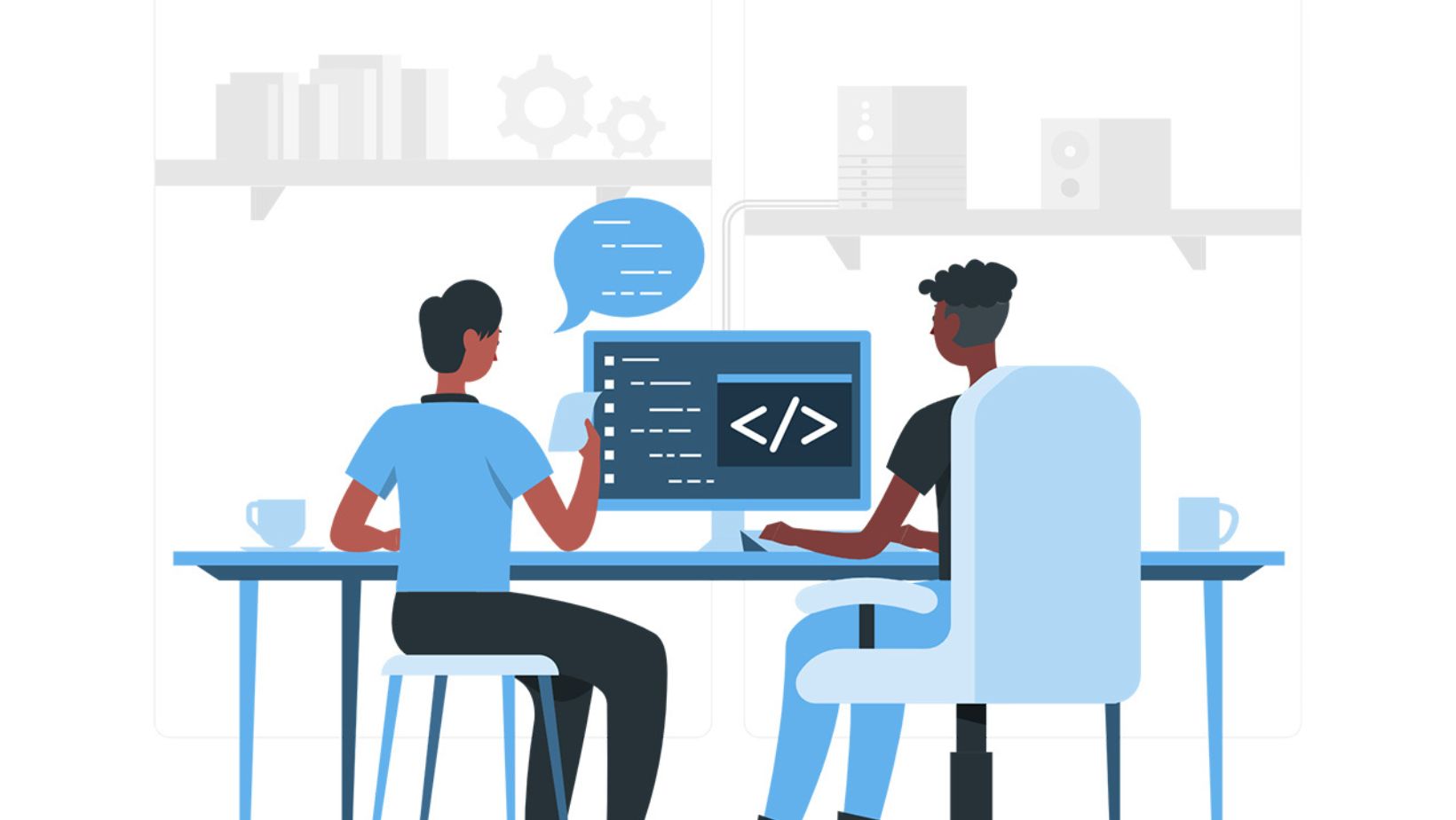Pair Programming
Pair programming is a collaborative technique in software development where two programmers work together at one workstation. This practice involves one person typing, known as the driver, while the other observes and reviews each line of code in real-time, called the navigator. The roles switch periodically to promote shared understanding and catch errors swiftly.
When engaging in pair programming, the driver focuses on writing code, translating their thoughts into tangible instructions. Simultaneously, the navigator concentrates on reviewing each line for accuracy and suggesting improvements or alternative solutions if needed. This dynamic interaction fosters creativity, problem-solving skills, and knowledge sharing within the team.
Pair programming has shown to enhance code quality by promoting continuous feedback and collaboration throughout the development process. By leveraging diverse perspectives and skill sets, teams can produce more robust solutions with fewer defects. It also serves as a valuable learning experience for individuals involved, fostering a culture of continuous improvement and innovation in software engineering practices.

What is Pair Programming?
Pair programming is a collaborative software development technique where TWO developers work together at ONE workstation. It involves one developer, often referred to as the “driver,” writing the code while the other, known as the “navigator,” reviews each line of code as it’s being typed. This dynamic duo approach aims to enhance code quality, promote knowledge sharing, and improve overall team productivity.
Benefits of Pair Programming
- Enhanced Code Quality: With two sets of eyes constantly reviewing and discussing the code in real-time, errors are caught more quickly and efficiently.
- Knowledge Sharing: Pair programming facilitates constant learning between team members. Each developer brings their unique perspectives and expertise to solve problems collaboratively.
- Improved Productivity: Although it may seem counterintuitive at first glance – having two developers work on a single task – pair programming can actually speed up development time by reducing debugging and design phase duration.
How Pair Programming Works
The driver writes the code while explaining their thought process out loud. The navigator actively reviews each line, suggesting improvements or catching errors on-the-go. Roles can be switched frequently to maintain focus and prevent fatigue. Effective communication is KEY in pair programming; clear articulation of ideas ensures both developers are on the same page throughout the process.
Statistics on Pair Programming
Here are some statistics that highlight the effectiveness of pair programming:
| Metric | Percentage/Number |
| Error Reduction | 15% – 50% |
| Code Quality Improvement | Up to 30% |
These numbers demonstrate how pair programming can significantly impact software development outcomes positively.
Pair programming fosters collaboration, improves problem-solving skills, and ultimately leads to better software products. By combining individual strengths and working together towards a common goal, developers can create high-quality code efficiently.

Benefits of Pair Programming
Pair programming, a practice where two programmers work together at one workstation, has numerous benefits that can enhance the development process and overall outcomes. Here are some key advantages:
- Improved Code Quality: When two minds collaborate on a task, they bring different perspectives and ideas to the table. This leads to better problem-solving, cleaner code, and fewer bugs in the final product.
- Enhanced Learning: Pair programming facilitates knowledge sharing between team members. It provides an opportunity for less experienced developers to learn from their more seasoned counterparts in real-time.
- Faster Issue Resolution: With two sets of eyes constantly reviewing each line of code, issues are identified and resolved more quickly than if a single programmer were working alone.
Studies have shown that pair programming can lead to significant improvements in productivity and software quality:
| Study | Improvement Observed |
| University of Utah | 15% increase in productivity |
| IBM | 15-100% reduction in defects |
Pair programming is not just about writing code; it’s also about fostering collaboration and communication within a team. By sharing responsibility for the codebase, team members cultivate a sense of ownership and accountability that can drive them towards achieving common goals efficiently.
In conclusion, embracing pair programming can yield tangible benefits for both individual developers and the team as a whole. The practice not only improves technical skills but also promotes teamwork and innovation in software development projects.


